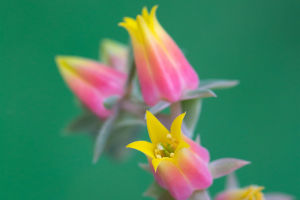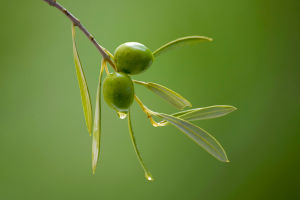Thistle can add a unique touch to your garden, but it’s important to choose the right type for your space. Milk Thistle, with its medicinal properties, is great if you want something functional.
On the other hand, Creeping Thistle can spread quickly and might not be ideal if you’re looking to keep things under control. Start by picking a sunny, well-drained spot and prepare the soil well for the best results.
Choosing the Right Thistle Variety
Determine the Type: Different thistle species are suitable for various garden settings. Common varieties include the Milk Thistle (Silybum marianum) and the Creeping Thistle (Cirsium arvense). Milk Thistle is valued for its medicinal properties while Creeping Thistle can be invasive.
Planting Thistle
Select the Location: Thistle generally prefers well-drained soil and sunny locations, but some species can tolerate partial shade. Choose a spot that matches the thistle variety's needs.
Prepare the Soil: Loosen the soil to a depth of about 12 inches. Incorporate organic matter, like compost, to improve soil fertility and drainage. Thistles can thrive in poor soil but will perform better in enriched soil.
Sow the Seeds: Plant thistle seeds in the spring or fall. Scatter the seeds on the soil surface and lightly press them in. Cover them with a thin layer of soil or compost. Water gently to keep the soil moist but not waterlogged.
Spacing: If you’re planting multiple thistle plants, space them about 12 to 18 inches apart. This helps reduce competition and allows them to grow to their full potential.
What are the benefits of milk thistle? - 8 Ways This Super Herb Can Improve Your Health
Video by Your Health Matters
Maintaining Thistle
Watering: Water the plants regularly, especially during dry periods. Once established, thistle is relatively drought-tolerant but will perform better with consistent moisture.
Fertilizing: Thistle generally doesn’t need a lot of fertilizer. If desired, apply a balanced, all-purpose fertilizer in the spring. Avoid over-fertilizing, as this can lead to excessive leafy growth and reduce flowering.
Pruning and Deadheading: Remove spent flowers to encourage more blooms and prevent self-seeding if you want to control spreading. For tall varieties, you may need to stake or support the plants to prevent them from falling over.
Pest and Disease Control: Thistle is relatively pest-resistant, but keep an eye out for aphids or rust. Use organic insecticidal soap if needed. Ensure good air circulation around the plants to prevent fungal issues.
Managing Invasiveness: Some thistle species can be invasive. If you're growing a type known for spreading, consider using barriers or regular maintenance to control its growth and prevent it from overtaking other plants.
Lykkers, we hope you find these tips helpful for growing thistle in your garden! We’d love to hear how your planting goes and if you have any additional tips or questions. Share your experiences or drop a comment below—let’s keep the conversation going. Happy gardening, and looking forward to seeing your thistle thrive!


